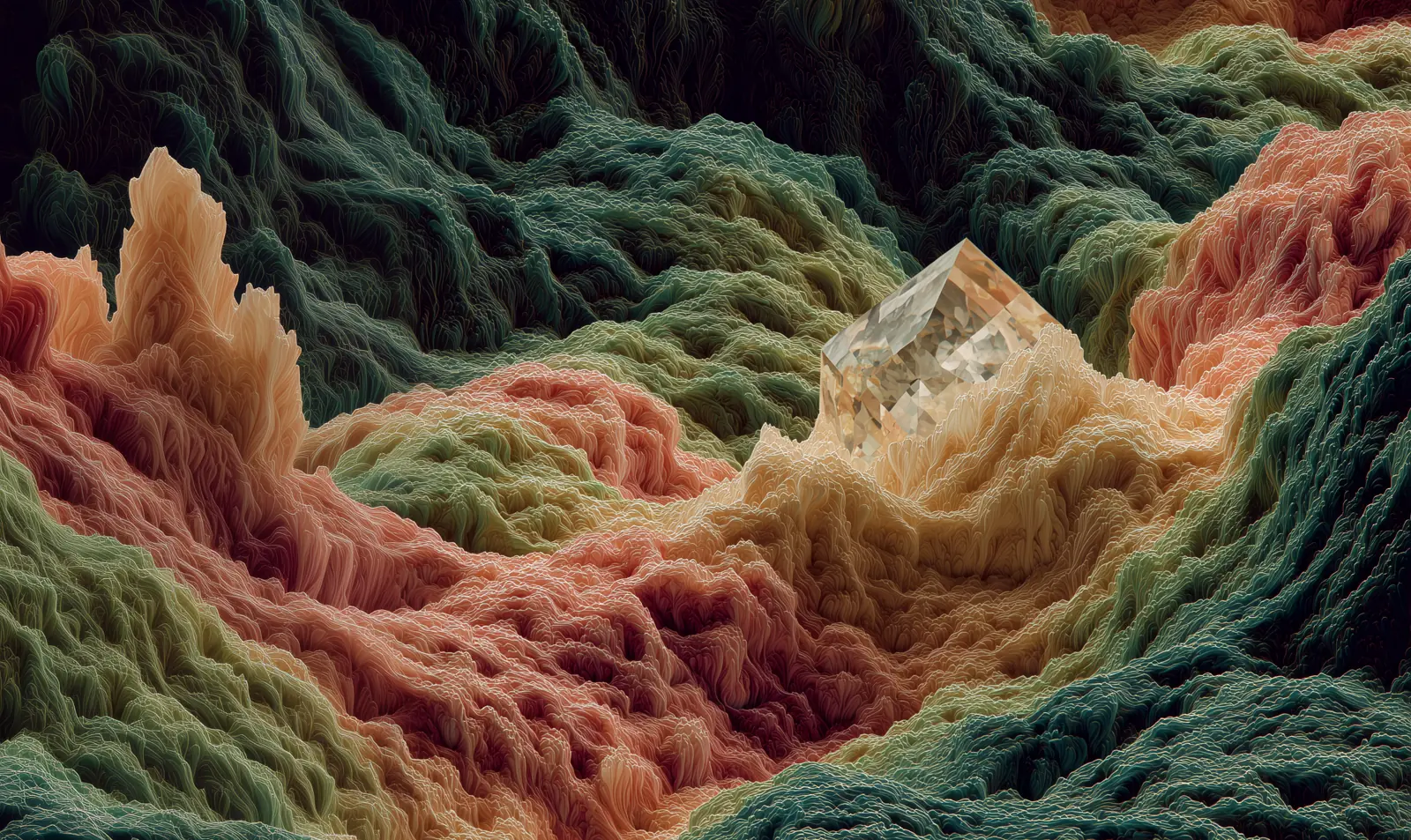Biotech fashion glossary
A to Z terms for the biotech fashion industry.
Do you know the difference between biocompatible, biofabrication and biomaterial? We've curated a list of common terms and phrases to help you navigate and speak the terminology of the world of biotech fashion.
B
Bio-based
Products derived from renewable biological resources. This term distinguishes materials made from living matter from those made from fossil fuels or other non-renewable resources.
Biocompatible
Materials that are not harmful to living tissue. In fashion, this property is particularly important for materials that come into direct contact with skin and for ensuring safe degradation at the end of a product's life.
Biodegradable
Materials capable of being decomposed naturally by biological processes. This property is increasingly important in fashion as brands seek to reduce their environmental impact.
Biodyes
Colors produced using biological processes such as fermentation, rather than traditional chemical synthesis. In fashion, biodyes offer more sustainable alternatives to conventional synthetic dyes by reducing water usage, toxic chemicals, and environmental pollution associated with conventional dyeing processes.
Biofabrication
The production of materials and products using living organisms or biological systems. This emerging field allows fashion companies to grow materials like leather alternatives in controlled environments, rather than relying on traditional manufacturing.
Biomaterial
A material derived from living matter or produced using biological processes. In fashion, biomaterials include lab-grown leather alternatives, microbial cellulose, and bio-based fibers that offer sustainable alternatives to traditional materials.
Bioreactor
A controlled environment system designed to support biological material production. These systems are essential for consistent, large-scale production of bio-based fashion materials. Also known as a fermenter.
Biotechnology
The application of biological systems and living organisms to develop new materials and products. In fashion, biotechnology enables the creation of innovative textiles through natural processes, offering alternatives to conventional manufacturing methods.
C-G
Carbon footprint
The total greenhouse gas emissions associated with a product's creation, use, and disposal. This measurement helps quantify the environmental impact of fashion products and processes.
Circular economy
An economic model focused on sustainable resource use through reuse, recycling, and regeneration. In fashion, this approach aims to eliminate waste and maximize the lifecycle value of materials and products.
Downstream processing
The series of steps required to purify and prepare bio-based materials for use in fashion products. This includes separating, treating, and finishing materials for textile applications.
Feedstock
The raw materials used as inputs in biological production processes. Fashion biotechnology often uses renewable resources and agricultural byproducts as feedstock for creating sustainable materials.
Fermentation
A biological process where microorganisms transform raw materials into new compounds. Fashion applications include the production of bio-based materials and the processing of natural fibers.
Genetic engineering
The deliberate modification of an organism's DNA (genetic code) to produce desired characteristics. In fashion materials, this technology enables the production of specific proteins and compounds for creating new types of fibers and materials.
L-M
Life Cycle Assessment
A systematic analysis of environmental impacts associated with all stages of a product's life, from raw material extraction through disposal. This assessment helps fashion brands quantify and compare the environmental impact of different materials and processes.
Metabolic engineering
The optimization of cellular processes to enhance the production of specific materials. This technology improves how efficiently organisms can create bio-based materials and natural dyes for fashion applications.
Microbial cellulose
A form of cellulose produced by bacteria during fermentation. This material can be used to create leather-like textiles and other fashion materials with unique properties and minimal environmental impact.
S
Scale-up
The process of increasing production from laboratory to commercial quantities. This phase is crucial for making bio-based fashion materials commercially viable and widely available.
Substrate
The base material that supports biological growth and production. In fashion biofabrication, substrates provide the foundation for growing new materials.
Synthetic biology
The design and engineering of biological systems to create new functions. Fashion applications include developing microorganisms that can produce specific proteins for textile creation, such as silk-like fibers or collagen-based materials.
Become an insider
Stay in the loop on the latest updates.
